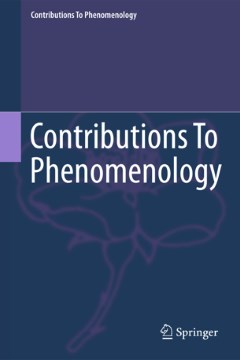Repository | Series | Book | Chapter
Baroque twins
science and opera
pp. 187-213
Abstract
Like other works of the period, Monteverdi's Favola d'Orfeo is also called a "tragedia."1 But unlike other works of this period it does not rub in this fact by opening with a Prologue sung by "tragedia." Still, the inventors of opera, like their contemporary playwrights, certainly believed they had revived or even reinvented Greek tragedy, and perhaps with good reason.2 Of course, even though the plots of operas were drawn from the still well-stocked shelves of ancient tragedy, like other works of the theatre they were often tempered with an apotheosis comprising a fin lieto. Perhaps the most generalizable and favorable judgment about the revival and reinvention would be that of Schrade who insists that the term, "tragedia," would now seem to denote a characteristic of the "human condition" rather than works comprising a literary genre.3 Or we might even say that the "human condition" has itself become a new literary genre. Auden's caveat is worth repeating here because it expresses Schrade's point in yet another way: "in a sense, there can be no tragic opera because whatever errors the characters make and whatever they suffer, they are doing exactly what they wish. Hence the feeling that opera seria should not employ a contemporary subject, but confine itself to mythical <slc. fabled or fabulous> situations, that is, situations which, as human beings, we are all of us necessarily in and must, therefore, accept, however tragic they may be."4
Publication details
Published in:
Kersten Frederick (1997) Galileo and the "invention" of opera: a study in the phenomenology of consciousness. Dordrecht, Springer.
Pages: 187-213
DOI: 10.1007/978-94-015-8931-4_7
Full citation:
Kersten Frederick (1997) Baroque twins: science and opera, In: Galileo and the "invention" of opera, Dordrecht, Springer, 187–213.




